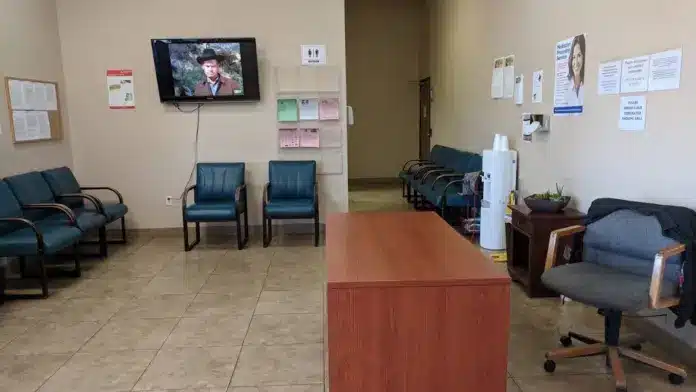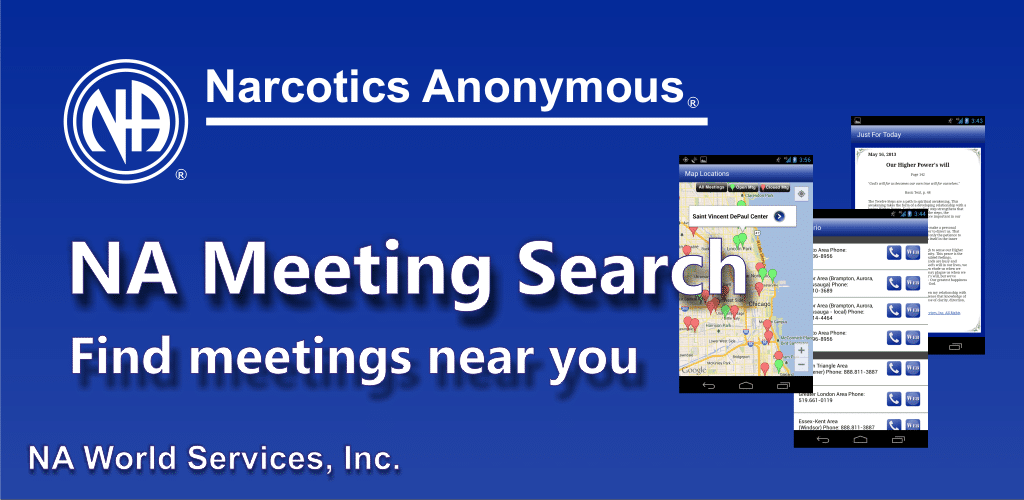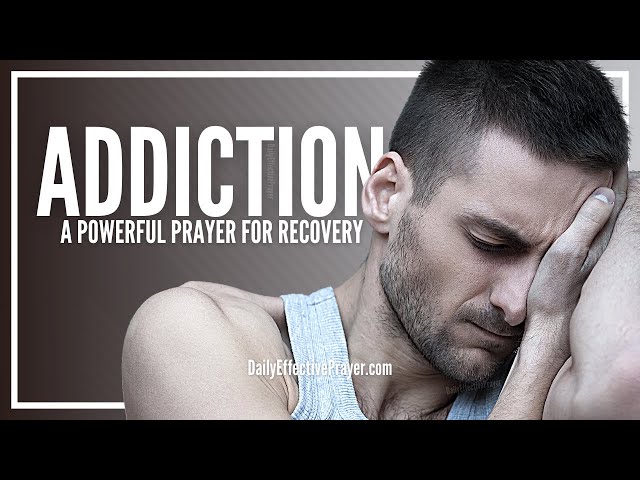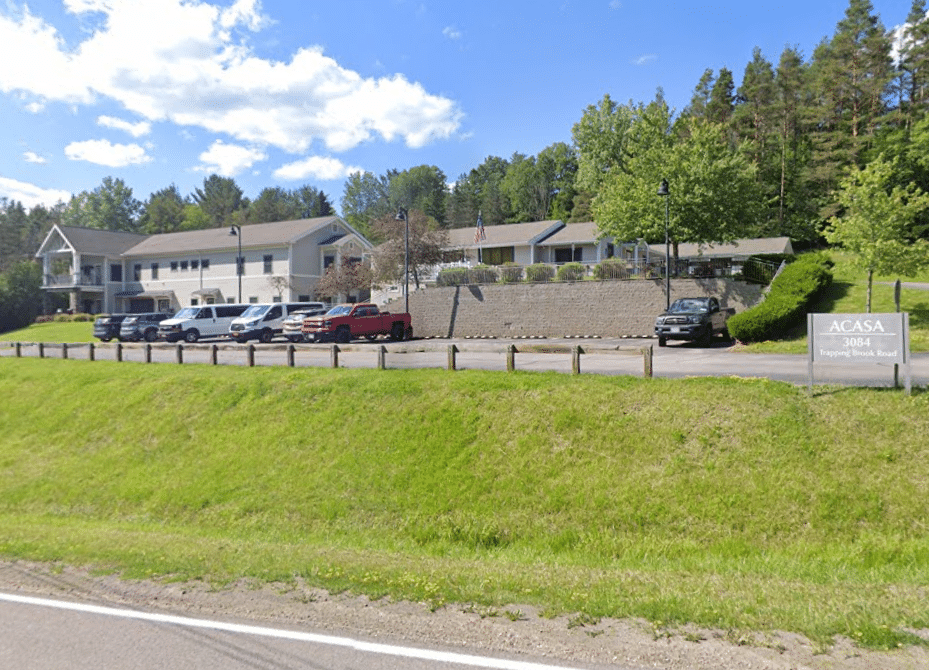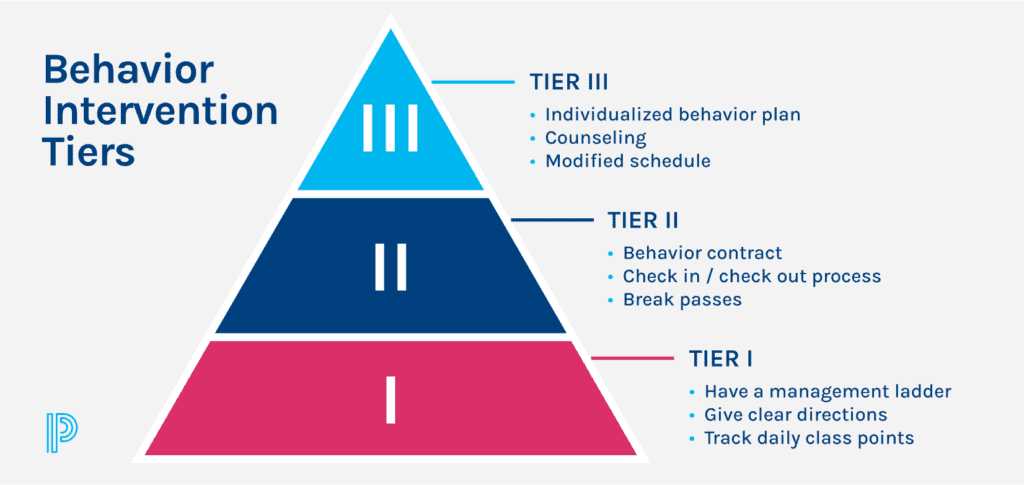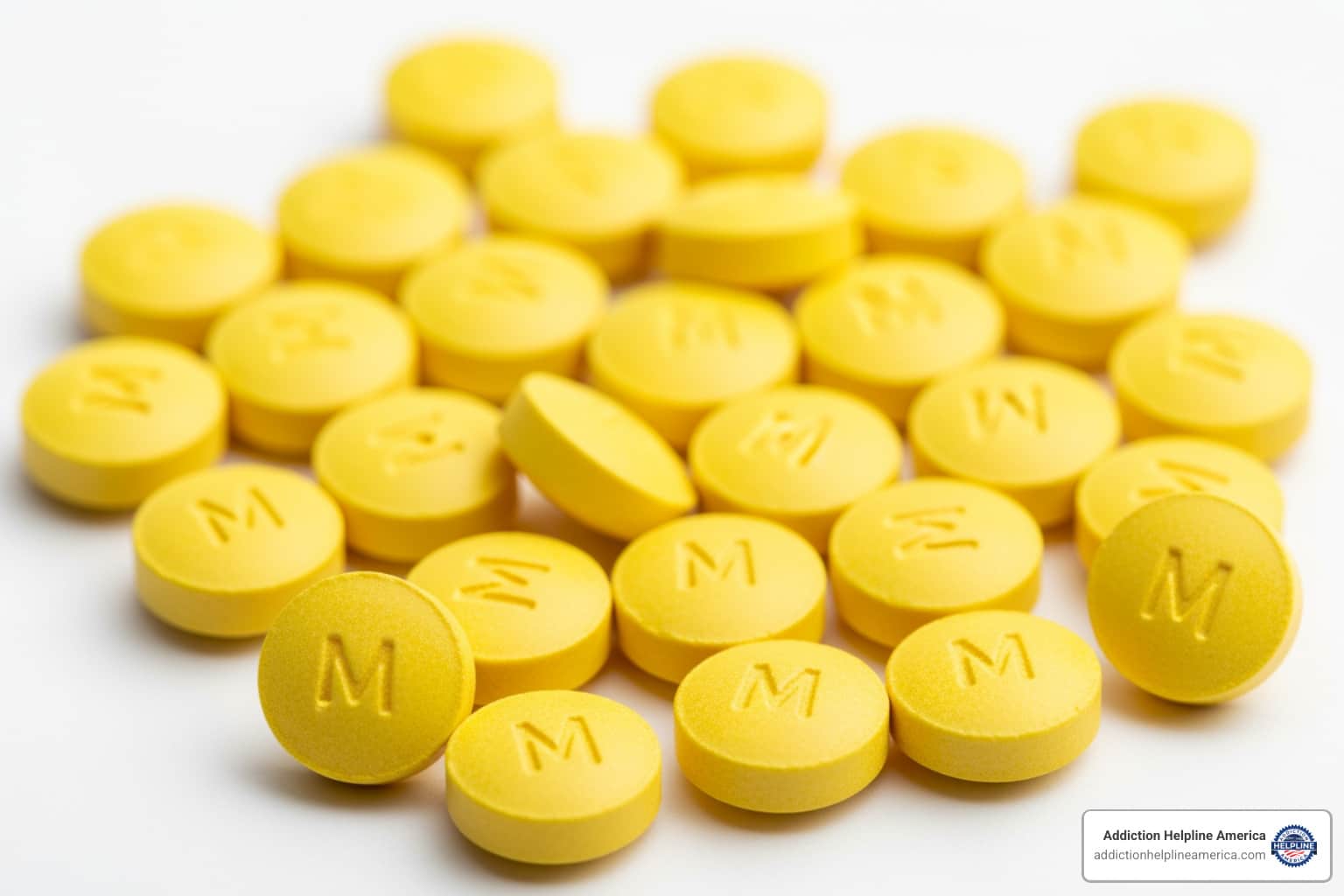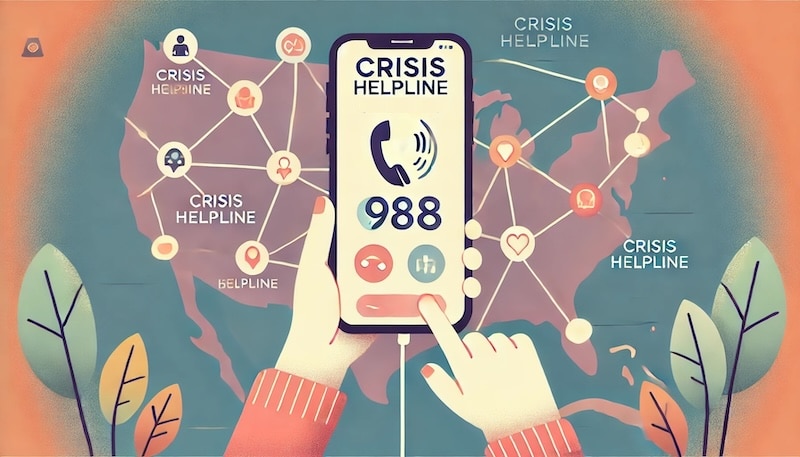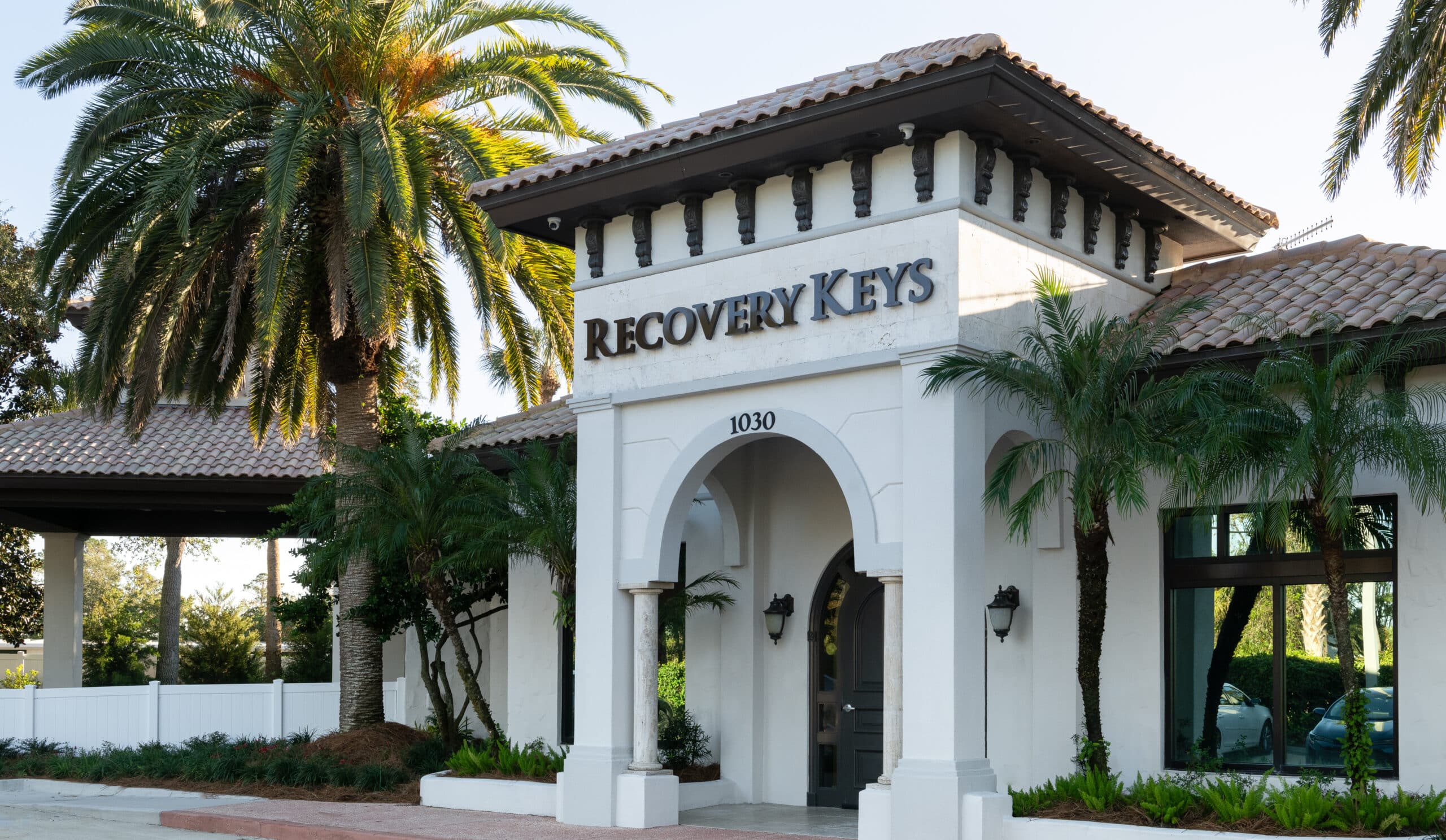
Why Finding the Right Rehab Can Change Your Life
How to find a rehab is the first critical question for those ready to seek recovery. The answer involves four essential steps:
- Assess your needs: substance type, severity, and co-occurring mental health conditions.
- Explore levels of care: detox, inpatient, residential, outpatient, and aftercare.
- Evaluate facilities: accreditation, staff credentials, evidence-based therapies, and specialized programs.
- Steer costs: verify insurance, explore state-funded options, and find payment assistance.
Making the decision to seek treatment is a monumental first step. The next challenge is choosing from thousands of rehab centers. The stakes are high—the right rehab significantly increases your chances of completing the program and maintaining long-term recovery.
According to the National Survey on Drug Use and Health, in 2022, only 13.1 million of the 54.6 million people who needed substance use treatment received it. Many don’t know where to start, feel overwhelmed by options, or worry about cost.
Finding a quality rehab doesn’t have to be overwhelming. With the right guidance, you can identify a program that meets your specific needs, whether it’s for co-occurring disorders, a specialized program for executives, or a facility that accepts your insurance.
At Addiction Helpline America, our team has helped more than 4 million families find the path to recovery. Our mission is to provide clear, compassionate guidance on how to find a rehab that will support your journey to lasting recovery.

How to find a rehab helpful reading:
- Drug treatment options
- how to find rehab programs that accept insurance
- Veterans addiction treatment
Step 1: Understanding Your Unique Treatment Needs

Before you search, you need to know what you’re looking for. Learning how to find a rehab starts with a thorough self-assessment, ideally with a qualified professional.
Consider these key areas:
- Substance Type and Severity: Are you struggling with alcohol, opioids, or multiple substances? How long has it been an issue? The answers shape the type of treatment you need, such as medication-assisted treatment for opioid addiction.
- Personal History and Triggers: What situations, people, or emotions lead to substance use? Understanding your addiction triggers helps you find a program that teaches relevant coping skills.
- Recovery Goals: What does success look like for you? Is it complete abstinence, rebuilding relationships, or regaining control? A quality rehab will help you define and achieve your personal milestones.
- Medical and Mental Health: Do you have chronic pain, depression, anxiety, or other conditions? These must be addressed as part of your treatment plan.
The Role of Co-Occurring Disorders
Addiction rarely exists in a vacuum. It often comes with a mental health condition, a combination known as a Dual Diagnosis or Co-Occurring Disorders. Scientific research on co-occurring disorders shows that about 50% of people with substance use disorders also have a mental health diagnosis.
Treating addiction while ignoring underlying anxiety, depression, bipolar disorder, or PTSD is like bailing water from a boat without patching the hole. The problem will persist.
This is why integrated treatment is crucial. It addresses both addiction and mental health simultaneously with a coordinated team of professionals. When searching for a facility, look for programs that explicitly offer dual diagnosis or co-occurring disorder treatment. Ask them how they coordinate care to treat you as a whole person.
Our guide to Rehab Centers for Co-Occurring Disorders offers more detail on what to look for. Understanding your complete needs is the foundation for finding a rehab that gives you the best chance at lasting recovery.
Step 2: Exploring the Different Levels of Care
Once you’ve assessed your needs, the next step in how to find a rehab is understanding the different treatment options, known as the continuum of care. The right level depends on your addiction’s severity and the support you need.
Medical Detox: This is often the first step, especially for alcohol, opioid, or benzodiazepine addiction. It’s the process of safely clearing substances from your body under medical supervision to manage withdrawal symptoms. Emergency Detox Services can provide rapid access to this critical care.
Inpatient/Residential Treatment: This involves living at a facility 24/7 for 30-90 days or more. It provides a highly structured, trigger-free environment for intensive therapy and healing. Inpatient care is more medically focused, while residential care emphasizes therapy and life skills. Our Ultimate 90 Day Inpatient Rehab Guide explains why longer stays often improve outcomes.
Outpatient Programs: For those who need structured treatment while maintaining daily responsibilities, outpatient care is a flexible option. Partial Hospitalization Programs (PHP) involve several hours of treatment daily, while Intensive Outpatient Programs (IOP) require fewer hours per week.
Aftercare Planning: Recovery is a lifelong journey. Quality rehabs create a plan for your transition back to daily life, which may include ongoing therapy, support groups, or sober living arrangements.
Inpatient vs. Outpatient Treatment
Choosing between inpatient and outpatient care is a key decision. Both are valuable but serve different needs.
Inpatient rehab offers a 24/7 structured environment, removing you from triggers. It’s best for severe addiction, co-occurring disorders, or an unstable home environment. While the cost is higher, the immersive experience is often necessary for recovery.
Outpatient rehab provides flexibility, allowing you to live at home and continue with work or family duties. It’s suitable for those with less severe addiction and a strong, stable support system. It’s more affordable but requires a high level of personal commitment.
Here’s a quick comparison:
| Factor | Inpatient Rehab | Outpatient Rehab |
|---|---|---|
| Structure | High; 24/7 supervision, highly structured schedule | Flexible; patients live at home, attend sessions during day/evening |
| Intensity | High; intensive therapy, medical care, removal from triggers | Moderate to high (PHP/IOP); less intensive than inpatient |
| Living Situation | Reside at the facility | Live at home, commute to treatment sessions |
| Cost | Generally higher due to 24/7 care and amenities | Generally lower, as it doesn’t include room and board |
| Ideal Candidate | Severe addiction, unstable home environment, co-occurring mental health issues, need for detox | Stable home environment, strong support system, less severe addiction, need to maintain responsibilities |
There is no single “better” option. The goal is to match the level of care to your specific situation. For more help, see our Inpatient vs Outpatient Rehab guide.
Step 3: How to Find a Rehab and Vet Your Options

Now it’s time to find and vet facilities. This step is crucial, as the treatment industry has unethical operators. Learning to spot quality programs is key. Our How to Find Good Drug Rehab Guide offers a detailed walkthrough, but here are the essentials.
Key Factors for Choosing a Quality Rehab
When figuring out how to find a rehab, focus on these non-negotiables:
- Accreditation: This proves a facility meets high standards. Look for accreditation from The Joint Commission or the Commission on Accreditation of Rehabilitation Facilities (CARF®). State licensing is a minimum, but accreditation signals a commitment to excellence.
- Staff Credentials: Ensure clinical staff are licensed and certified (e.g., LADC, LPC, CAC). The best programs have multidisciplinary teams including doctors, nurses, psychiatrists, and therapists.
- Evidence-Based Therapies: Look for scientifically proven treatments like Cognitive Behavioral Therapy (CBT), Dialectical Behavior Therapy (DBT), and Medication-Assisted Treatment (MAT). Our guide to Evidence-Based Rehab explains why these methods are effective.
- Location: Decide if staying close to home for family support or traveling to a new environment to escape triggers is better for you. There’s no wrong answer, only what’s right for your recovery.
- Program Length: While 30-day programs can help, research shows longer treatment leads to better outcomes. A 90-day program allows more time to address underlying issues and build a solid foundation for sobriety.
- Amenities and Approach: Consider what environment will make you feel most comfortable and engaged, whether it’s a luxury setting or a simpler one. The most important factor is a full continuum of care, from intake to aftercare.
How to find a rehab with specialized programs
A one-size-fits-all approach doesn’t work for everyone. Consider if a specialized program would serve you better:
- Dual Diagnosis Treatment: Essential for those with co-occurring mental health issues.
- Executive Programs: Offer discretion and flexibility for professionals who need to stay connected to work.
- Gender-Specific Care: Provides a safe space for men or women to address sensitive topics.
- Age-Specific Programs: Tailor treatment to the unique challenges of adolescents, young adults, or older adults.
- Faith-Based Options: Integrate spiritual principles into recovery. Our Christian Addiction Rehab guide explores this approach.
- LGBTQ+ Affirming Care: Offers a safe, inclusive environment with culturally competent staff.
Choose a program that specializes in your needs, not one that just says they can “accommodate” them.
How to find a rehab using trusted resources
Not all online directories are reliable. Stick to authoritative sources that prioritize your well-being.
- Addiction Helpline America: We provide free, confidential guidance to connect you with the right program from our vast network. Call the Addiction Helpline America for treatment referral to get personalized help.
- Government Resources: The Substance Abuse and Mental Health Services Administration (SAMHSA) operates FindTreatment.gov, a confidential tool to locate facilities. SAMHSA’s National Helpline at 1-800-662-HELP (4357) also offers 24/7 referrals.
- State Health Departments: These agencies provide local resources, information on state-funded programs, and lists of licensed facilities. We maintain Addiction and Rehab Hotlines for various states to connect you with local help.
- Insurance Provider Lists: Your insurer can provide a list of in-network facilities. However, you still need to vet these options for quality.
When navigating how to find a rehab, information is power. Ask questions, and if a facility feels pushy or makes unrealistic promises, keep looking.
Step 4: Navigating Insurance and Treatment Costs

Let’s address the biggest concern for many: cost. When figuring out how to find a rehab, questions about money loom large. The good news is that insurance typically covers addiction treatment, and many options exist to make it affordable. The financial toll of untreated addiction is almost always greater than the cost of treatment.
The Affordable Care Act (ACA) made substance use disorder services an essential health benefit, meaning most insurance plans, including marketplace, employer-sponsored, Medicaid, and Medicare plans, offer coverage.
Verifying your benefits is the critical first step. Call your insurance provider and ask about your behavioral health benefits, including your deductible, co-pays, out-of-pocket maximum, and whether pre-authorization is required. It’s crucial to understand the difference between in-network (contracted, lower cost) and out-of-network (no contract, higher cost) facilities. Always confirm network status directly with your insurer.
If you don’t have insurance or your coverage is insufficient, you still have options:
- Private Pay & Payment Plans: Many facilities offer flexible payment plans.
- Sliding Scale Fees: Costs are adjusted based on your income.
- State-Funded & Non-Profit Programs: These offer free or low-cost treatment, often funded by Medicaid.
Our Free Addiction Support: Complete Guide explores these affordable options in more detail.
How to find a rehab that accepts your insurance
Finding a rehab that works with your insurance is straightforward with the right approach.
- Call Your Insurer: This is the most direct way to get accurate information. Ask for specifics on what levels of care are covered (detox, inpatient, outpatient) and for how long.
- Use Online Portals: Most insurance companies have websites where you can search for in-network providers.
- Ask the Rehab Directly: A reputable facility’s admissions staff will be transparent about which plans they accept and whether they are in-network.
- Use a Verification Service: At Addiction Helpline America, we can quickly and confidentially verify your benefits and connect you with centers that accept your plan, whether you’re looking for New York Rehab Centers or facilities elsewhere.
Don’t let cost stop you from getting help. With the right support, treatment is more accessible than you might think.
Frequently Asked Questions about Finding a Rehab
We’ve covered a lot, but you might still have questions. Here are answers to some of the most common concerns we hear.
How long does rehab typically last?
The ideal length of treatment depends on your unique situation, including addiction severity and any co-occurring disorders. While there’s no magic number, common program durations include:
- 30-Day Programs: These are a common starting point for stabilization and introducing recovery fundamentals. Our 30 Day Inpatient Program Tips 2025 guide explains what to expect.
- 60-Day Programs: Allow more time for therapeutic work, addressing root causes and building coping skills.
- 90-Day Programs: Often recommended by professionals for the best chance at lasting recovery. This extended timeframe allows for significant behavioral change and solidifies the skills needed for long-term sobriety.
A quality rehab will assess your progress and adjust your treatment plan as needed, rather than sticking to a rigid schedule.
What should I do if I can’t afford rehab?
Financial constraints should never be a barrier to getting help. The cost of untreated addiction—in lost wages, health crises, and legal issues—is almost always higher than the cost of treatment.
If you’re wondering how to find a rehab on a tight budget, you have several options:
- State-Funded Programs: These facilities use government funding and Medicaid to provide free or low-cost services. You’ll likely need to provide proof of residency and income. Our Free Rehab Colorado Springs Guide shows how these resources work.
- Grants and Scholarships: Many non-profit organizations and even some treatment centers offer financial aid. It never hurts to ask.
- Payment Plans: Most private facilities will work with you to create a manageable payment schedule.
- Community Resources: Local mental health centers often provide affordable outpatient services and can connect you to other support systems.
Reach out for help. Call us, your local health department, or SAMHSA’s National Helpline at 1-800-662-HELP (4357). Our Free Addiction Support: Complete Guide details all your options.
What is the first step to getting a loved one into rehab?
Watching a loved one struggle with addiction is painful. The first step is to approach them with compassion, not judgment. Express your concern for their well-being, using “I” statements like, “I’m worried about you,” instead of accusations.
Before this conversation, do your homework. Research treatment options and understand their insurance situation so you can offer concrete solutions, not just a vague plea to “get help.”
If your loved one is in denial or not ready to listen, consider a professional intervention. A trained interventionist can facilitate a structured, compassionate conversation to help them see the need for treatment. Our guide on Holding an Intervention explains this process.
It’s also vital to set healthy boundaries. Supporting someone doesn’t mean enabling their addiction by giving them money or making excuses for them. Finally, offer your unwavering support, but recognize that the decision to accept help must be theirs. You can open the door, but they have to walk through it.
You are not alone in this. Addiction Helpline America helps families steer these challenges every day. Call us for guidance and support.
Conclusion: Your Path to Recovery Starts Today
Learning how to find a rehab is about taking control of your future and choosing hope. We’ve walked through the four essential steps: assessing your needs, exploring care levels, vetting facilities, and navigating costs. Following this process is crucial because the right rehab significantly increases your chances of long-term recovery.
The goal isn’t to find just a rehab—it’s to find your rehab. The best program is one that aligns with your unique needs, whether that involves dual diagnosis care, a specialized track, or a facility that accepts your insurance.
Taking this first step can feel overwhelming, but we know from helping over 4 million families that recovery is possible, and it starts with a single decision.
At Addiction Helpline America, we provide free, confidential, and personalized guidance to ensure no one has to steer this journey alone. Our nationwide network allows us to connect you with a program that fits your specific situation, preferences, and budget.
You don’t need all the answers right now. You just need to take the next step. Your path to a healthier, more hopeful future starts today.
Find a rehab that fits your needs today.
Our helpline is 100%
free & confidential
If you or someone you care about is struggling with drug or alcohol addiction, we can help you explore your recovery options. Don’t face this challenge alone—seek support from us.
Programs
Resources
Will my insurance
cover addiction
treatment?
We're ready to help
Find the best
drug or alcohol treatment
center
Are you or a loved one struggling with addiction? Call today to speak to a treatment expert.


